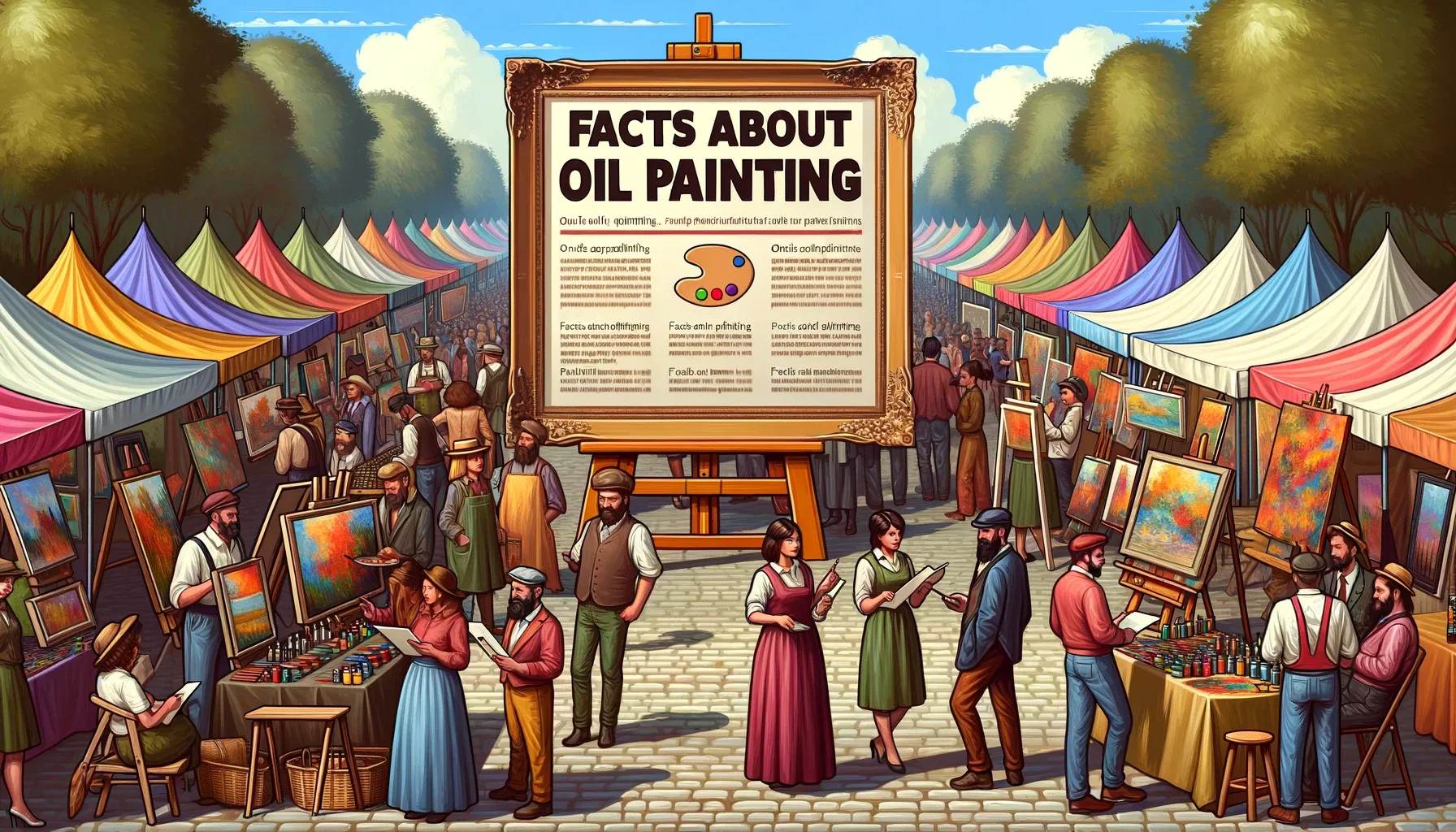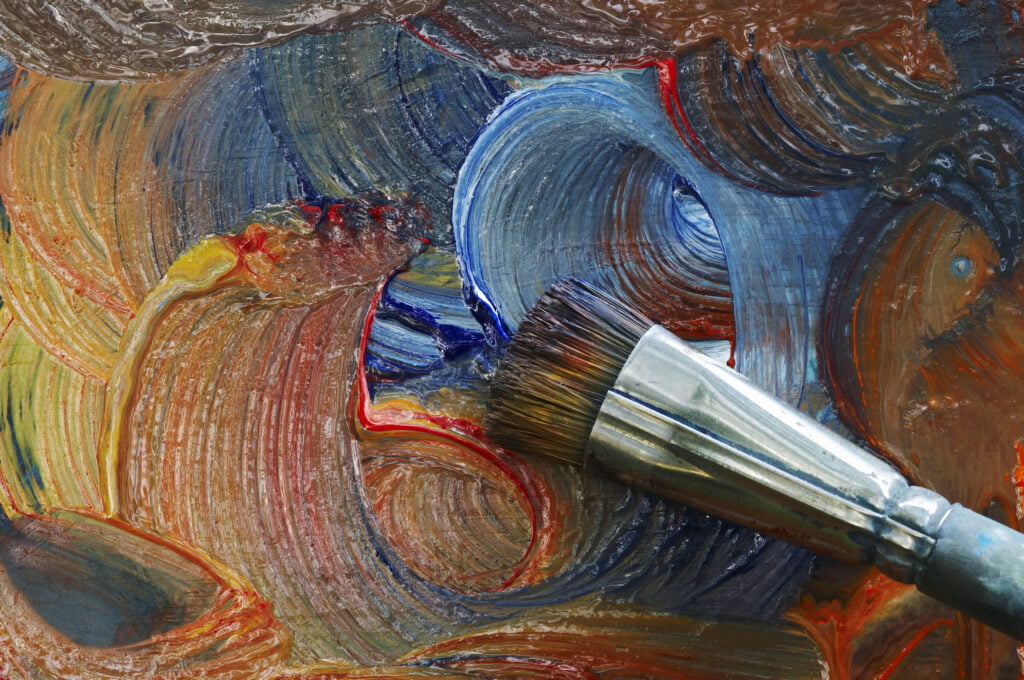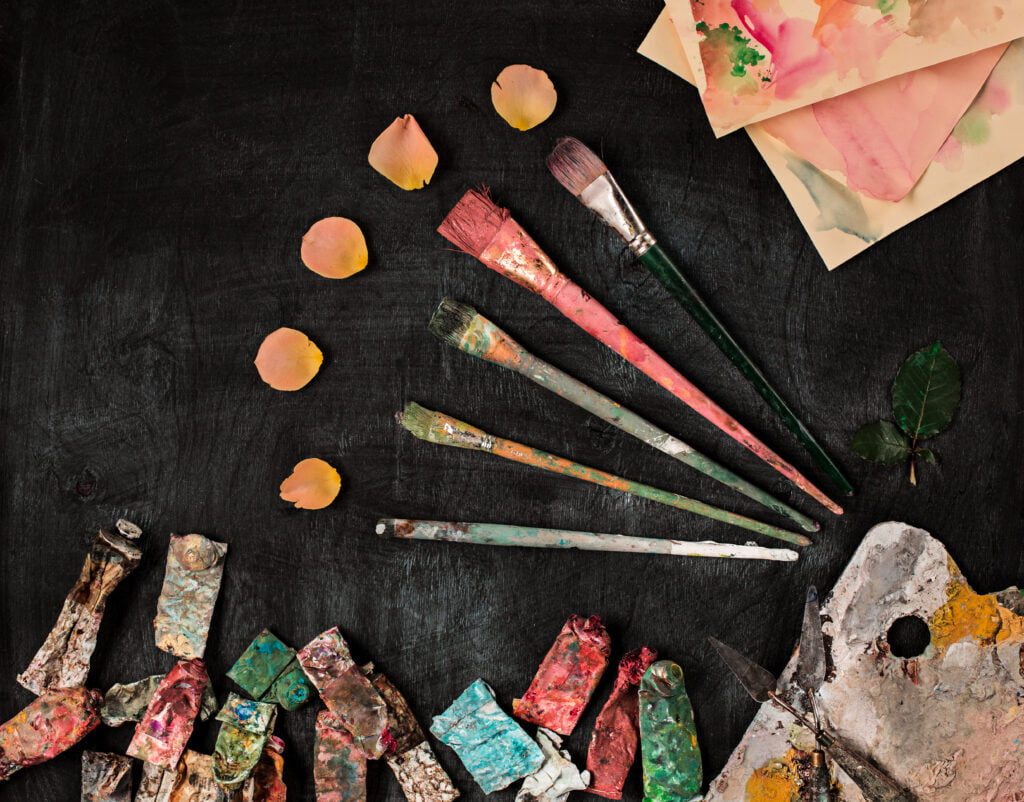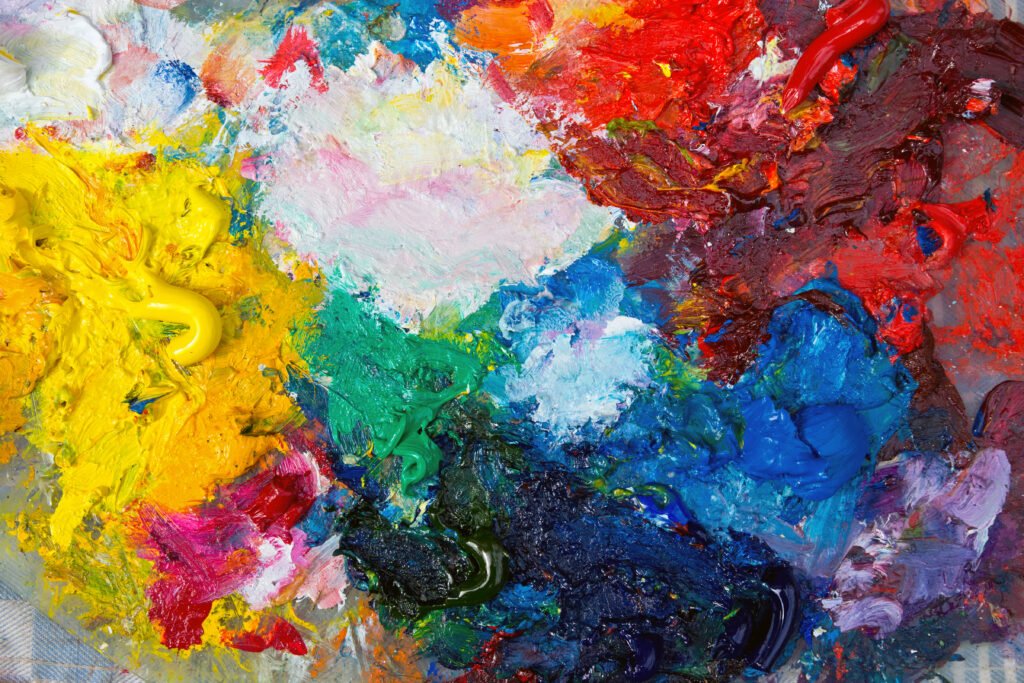12 Fascinating Facts About Oil Painting Every Artist Should Know

Introduction
Oil painting has been one of the most popular mediums for fine art painters for centuries. The unique properties of oil paints, such as their rich pigment and smooth blend-ability, make them the ideal choice for creating stunning masterpieces that stand the test of time. Understanding the history, chemistry, and techniques behind oil painting provides artists with valuable insight that can help take their work to the next level.
In this comprehensive guide, we will explore 12 fascinating facts that shed light on the origins and key aspects of oil painting. Knowing these core facts will give artists a deeper appreciation for this classic medium and help inform their own practice. Whether you are a beginner picking up a brush for the first time or a seasoned painter looking to refresh your knowledge, there is something here for artists of all skill levels.

1. Oil paint was first used in 7th century Afghanistan
The earliest known use of oil paint dates back to the 7th century CE in Afghanistan. Artists would grind minerals and mix the pigments with oils extracted from linseed or walnuts to create thick, glossy paints. The advantage was that oil paints dried slower than egg tempera, allowing more time for blending. This innovation spread across the world.
2. Flemish painters pioneered new techniques
In 15th-century Northern Europe, Flemish painters like Jan van Eyck pioneered new techniques using oil paints. They developed a meticulous layering process using translucent glazes. This allowed them to achieve a jewel-like quality with incredible detail and realism.
3. Leonardo da Vinci added beeswax
The iconic Leonardo da Vinci elevated oil painting by adding beeswax to his paintings. This helped them dry faster while retaining moisture for blending. This allowed him to achieve subtle shadows and earthy tones.
4. Impasto adds dramatic texture

Oil paint’s thick consistency makes the impasto technique possible. Impasto involves using thick, textured strokes to make the surface almost 3D. Famous examples include Van Gogh’s Starry Night and Rembrandt’s self-portraits.
5. Underpainting creates depth
Master painters often start with a grey or brown underpainting. This establishes the composition before building up transparent layers of color. Underpainting allows a focus on values before details.
6. Oil paint needs primed surfaces
Applying oil paints directly onto raw canvas results in darkened colors. The porous surface absorbs pigments. Artists first apply coats of gesso primer to seal the surface.
7. Mediums control drying time
Oils dry via oxidation. Painters can control drying times using mediums. For example:
- A drying medium like linseed oil speeds up the drying
- A non-drying medium like clove oil slows it down
8. Smooth blending is possible for days

Unlike acrylics, oil paints can be smoothly blended even days after application. Oils allow the paint to stay workable for longer. Artists can rework areas by blending.
9. Glazing creates luminosity
Glazing involves building thin, transparent layers over dried underpainting. This creates a deep, luminous optical effect. Vermeer used glazing to create photographic accuracy.
10. Scumbling adds texture

Scumbling involves dragging a dry brush over dried paint to create a broken, textured effect. Turner used scumbling extensively to capture atmospheric textures.
11. Oil paint needs fat over lean
Painting with fat over lean involves starting with thin paint and progressing to thicker paint. This prevents cracking as the bottom layers harden before the top.
12. Choosing quality paint matters
Artist-grade paint with high pigment has better longevity than cheaper student grades. Investing in quality materials preserves vibrancy.
Key Takeaways

FAQ
When was oil paint first used and where?
Oil paint was first utilized in the 7th century CE in Afghanistan.
What unique technique did Leonardo da Vinci introduce to oil painting?
Leonardo da Vinci introduced the addition of beeswax to his oil paintings, helping them dry faster while maintaining blend-ability.
How does the “fat over lean” technique benefit oil painting?
The “fat over lean” technique involves starting with thin paint and progressing to thicker paint, preventing cracks by ensuring the bottom layers harden before the top.
Why is it important to prime a canvas before oil painting?
Priming prevents the direct application of oil paints onto raw canvas, which can result in darkened colors due to the porous surface absorbing pigments. Artists use gesso primer to seal the surface.
How does glazing contribute to the visual effect of an oil painting?
Glazing is a technique that involves building thin, transparent layers over dried underpainting, producing a deep and luminous optical effect.

Conclusion
Oil paints unlocked an exciting new world of creative possibilities for generations of artists. The versatility, workability, and richness inherent to oils enabled artists to achieve a wide range of visual effects from delicate glazes to thick impasto textures. Mastering the core techniques of oil painting requires an understanding of the medium’s unique properties.
This guide covered 12 essential facts about the history, chemistry, and techniques behind oil painting. Taking the time to learn this foundation will provide artists with valuable insight to elevate their work. Oil painting remains popular centuries after its invention because of the depth, luminosity, and archival longevity only possible with these pigment-rich paints. As long as artists continue to push the boundaries of creative expression, oil paint will continue to be a vital medium.
